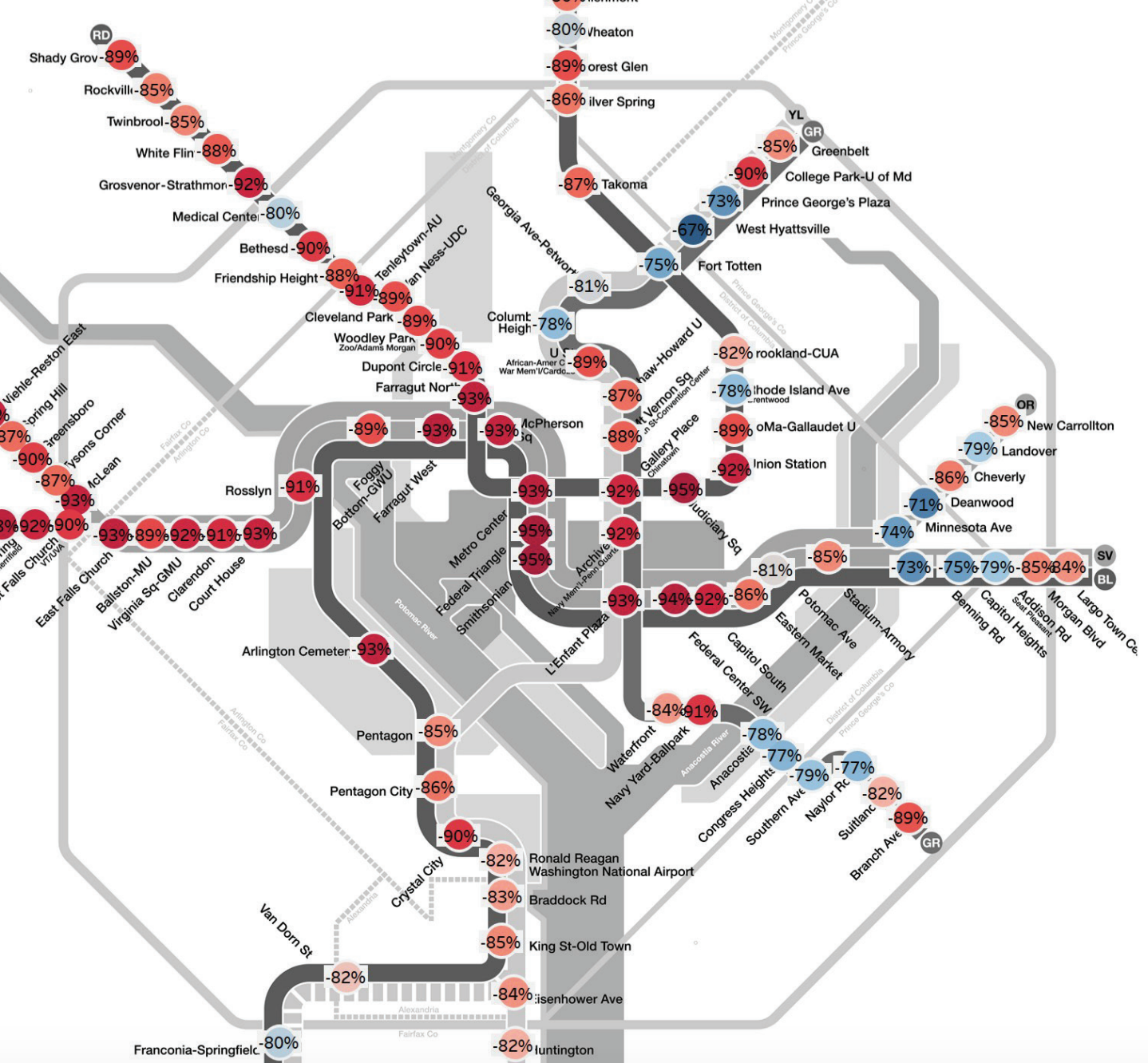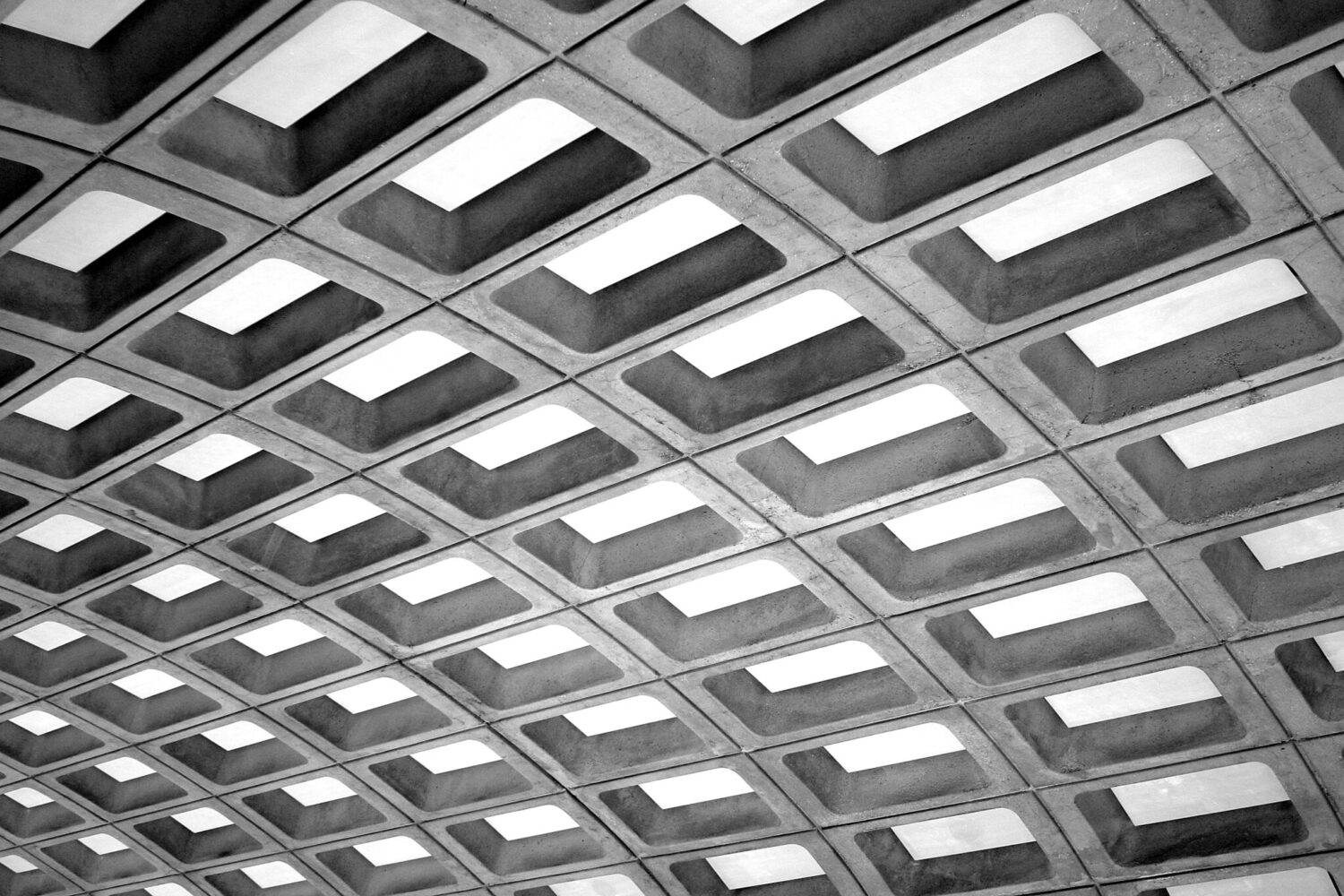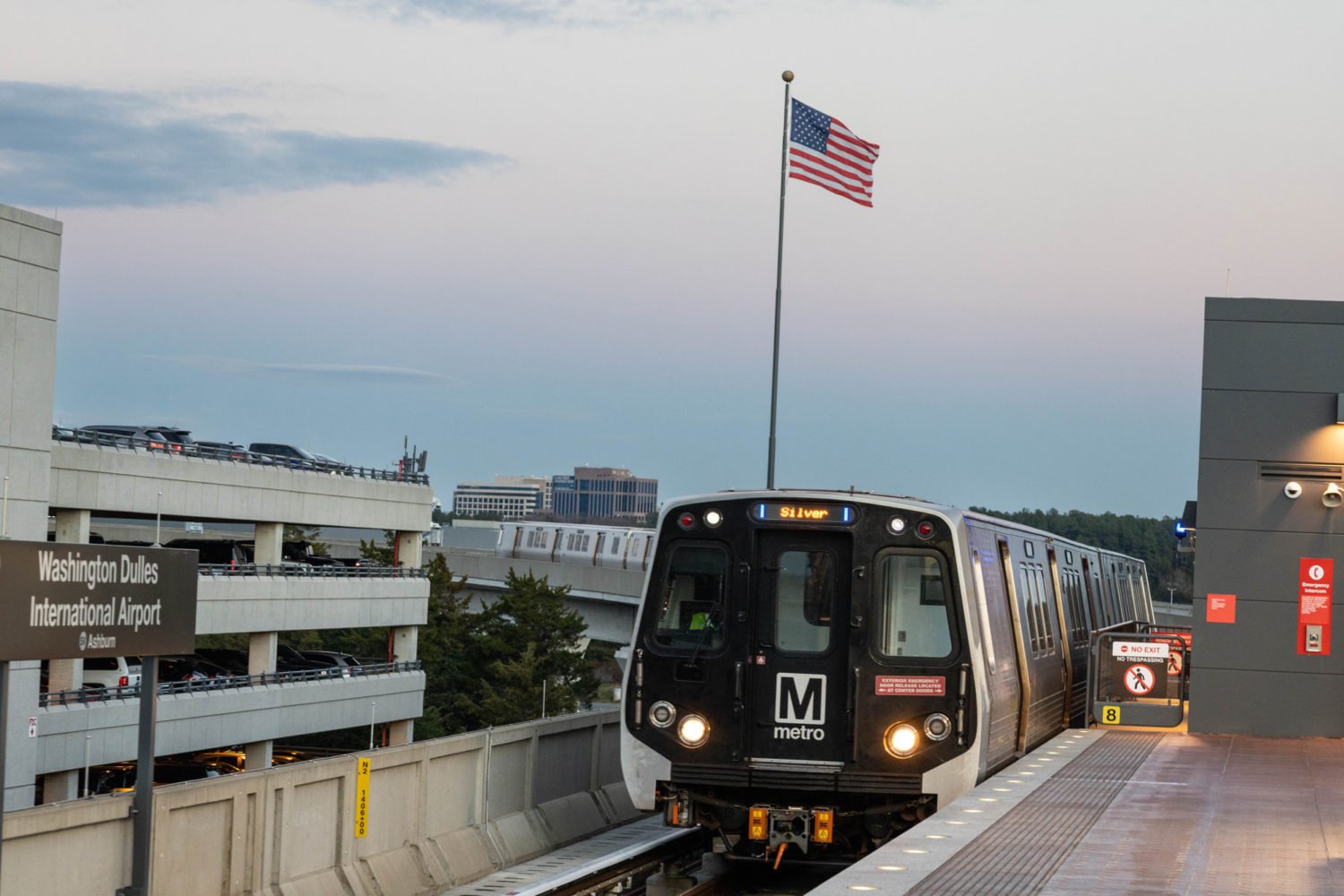The coronavirus pandemic has, not surprisingly, had a devastating impact on Metro. Through August, the average daily number of passengers entering the Metro rail system has plummeted by nearly two thirds, to 223,000, when compared to 2019. And over the first six months of the pandemic, Metro lost hundreds of millions of dollars in revenue.
In advance of an upcoming budget hearing, which will be conducted virtually, Metro has released a detailed map that breaks down the extent of the ridership drops at each of its 91 stations. The map, which compares the average weekday rail ridership in September to the same month a year earlier, shows that some of the biggest ridership drops have occurred in stations in the center of the city.
Judiciary Square, Federal Triangle and Smithsonian stations all saw 95 percent declines. Federal Center Southwest experienced a 94 percent drop, while the numbers for Metro Center, Farragut North, Farragut West, and McPherson Square went down 93 percent.
Other concentrations of particularly steep declines are on the Virginia portions of the Orange and Silver lines, and along the Northwest stretch of the Red Line.
Click here to see the whole map, (via Tom Roussey of ABC7).


![Luke 008[2]-1 - Washingtonian](https://www.washingtonian.com/wp-content/uploads/2017/10/Luke-0082-1-e1509126354184.jpg)

















